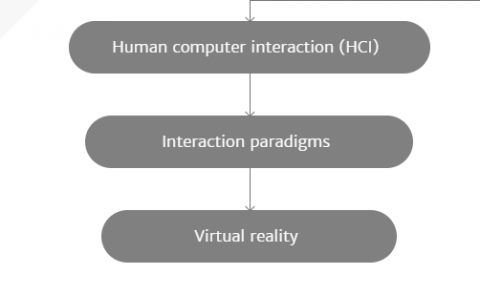Gaze on the Go: Effect of Spatial Reference Frame on Visual Target Acquisition During Physical Locomotion in Extended Reality
Date:May 2024
Teams:Aarhus University;University of Toronto;Lancaster University
Writers:Pavel Manakhov,Ludwig Sidenmark,Ken Pfeuffer,Hans Gellersen
Abstract
Politeness and embodiment are pivotal elements in human-agent interactions. While many previous works advocate the positive role of embodiment in enhancing these interactions, it remains unclear how embodiment and politeness affect individuals joining groups. In this paper, we explore how politeness behaviors (verbal and nonverbal) exhibited by three distinct embodiments (humans, robots, and virtual characters) influence individuals’ decisions to join a group of two agents in a controlled experiment (N=54). We assessed agent effectiveness regarding persuasiveness, perceived politeness, and participants’ trajectories when joining the group. We found that embodiment does not significantly impact agent persuasiveness and perceived politeness, but politeness does. Direct and explicit politeness strategies have a higher success rate in persuading participants to join the group at the furthest side. Lastly, participants adhered to social norms when joining at the furthest side, maintained a greater physical distance from humans, chose longer paths, and walked faster when interacting with humans.


